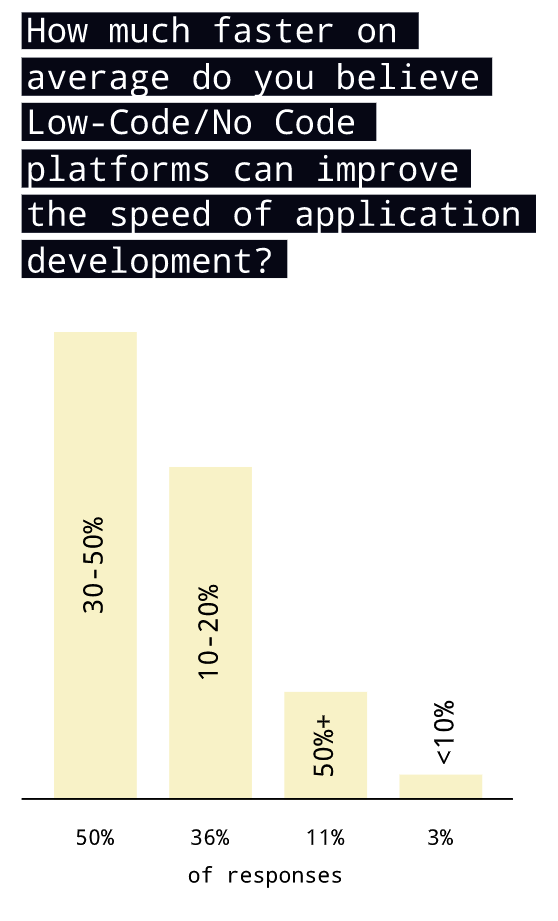Understanding Non-Performing Loans: Causes, Consequences, and Solutions for Financial Institutions
#### What are Non-Performing Loans?Non-Performing Loans (NPLs) refer to loans on which the borrower is not making interest payments or repaying any principa……
#### What are Non-Performing Loans?
Non-Performing Loans (NPLs) refer to loans on which the borrower is not making interest payments or repaying any principal. Typically, a loan is classified as non-performing when it is 90 days past due. NPLs are a critical concern for banks and financial institutions as they can significantly impact profitability and financial stability.
#### Causes of Non-Performing Loans
The rise in non-performing loans can be attributed to various factors. Economic downturns often lead to increased unemployment rates, affecting borrowers' ability to repay their loans. Additionally, poor lending practices, such as inadequate credit assessments and lending to high-risk individuals or businesses, can lead to a higher incidence of NPLs. Other contributing factors include changes in market conditions, such as fluctuating interest rates and declining property values, which can affect borrowers' financial situations.

#### Consequences of Non-Performing Loans
The presence of non-performing loans in a financial institution's portfolio can have severe consequences. First and foremost, NPLs can lead to significant financial losses for banks, as they must set aside capital reserves to cover potential losses. This can limit the bank's ability to lend to other customers, thereby stifling economic growth. Furthermore, a high level of NPLs can damage a bank's reputation, leading to decreased investor confidence and a decline in stock prices.
#### Impact on the Economy
Non-performing loans also have broader implications for the economy. When banks are burdened with high levels of NPLs, they may become more risk-averse, tightening lending standards and reducing the availability of credit. This can hinder business growth and consumer spending, leading to a slowdown in economic activity. In severe cases, a banking crisis can ensue, resulting in government intervention and bailouts, which can further strain public resources.

#### Solutions to Manage Non-Performing Loans
To mitigate the risks associated with non-performing loans, financial institutions can implement several strategies. One effective approach is to enhance credit risk assessment processes to ensure that loans are granted to borrowers with a strong repayment capacity. Regular monitoring of loan performance can also help in identifying potential NPLs early, allowing for timely intervention.
Additionally, banks can consider restructuring loans for borrowers facing temporary financial difficulties, providing them with more manageable repayment terms. Selling off NPLs to specialized asset management companies can also help banks clean up their balance sheets and recover some of the lost capital.
#### Conclusion

In conclusion, non-performing loans pose a significant challenge for financial institutions and the economy as a whole. Understanding the causes and consequences of NPLs is crucial for developing effective strategies to manage and mitigate their impact. By adopting proactive measures, banks can better navigate the complexities of NPLs and contribute to a healthier financial ecosystem.